Java Memory Sequence Game for 4CS001 Coursework with Program Design
VerifiedAdded on 2023/06/10
|8
|998
|259
Practical Assignment
AI Summary
This assignment provides a complete solution to a memory sequence game implemented in Java, fulfilling the requirements for the 4CS001 coursework. The game presents players with increasing sequences of numbers to remember, testing their recall ability. The solution includes the source code, a flowchart illustrating the program's design, and a reflection on the development process. The reflection discusses challenges encountered, such as resolving screen clearing issues within the Eclipse IDE, and highlights lessons learned in Java programming and game design. The program allows users to select difficulty levels, tracks the highest level achieved, and provides feedback on their performance. This comprehensive submission demonstrates a practical application of Java programming principles to create an engaging and functional game.
1 out of 8
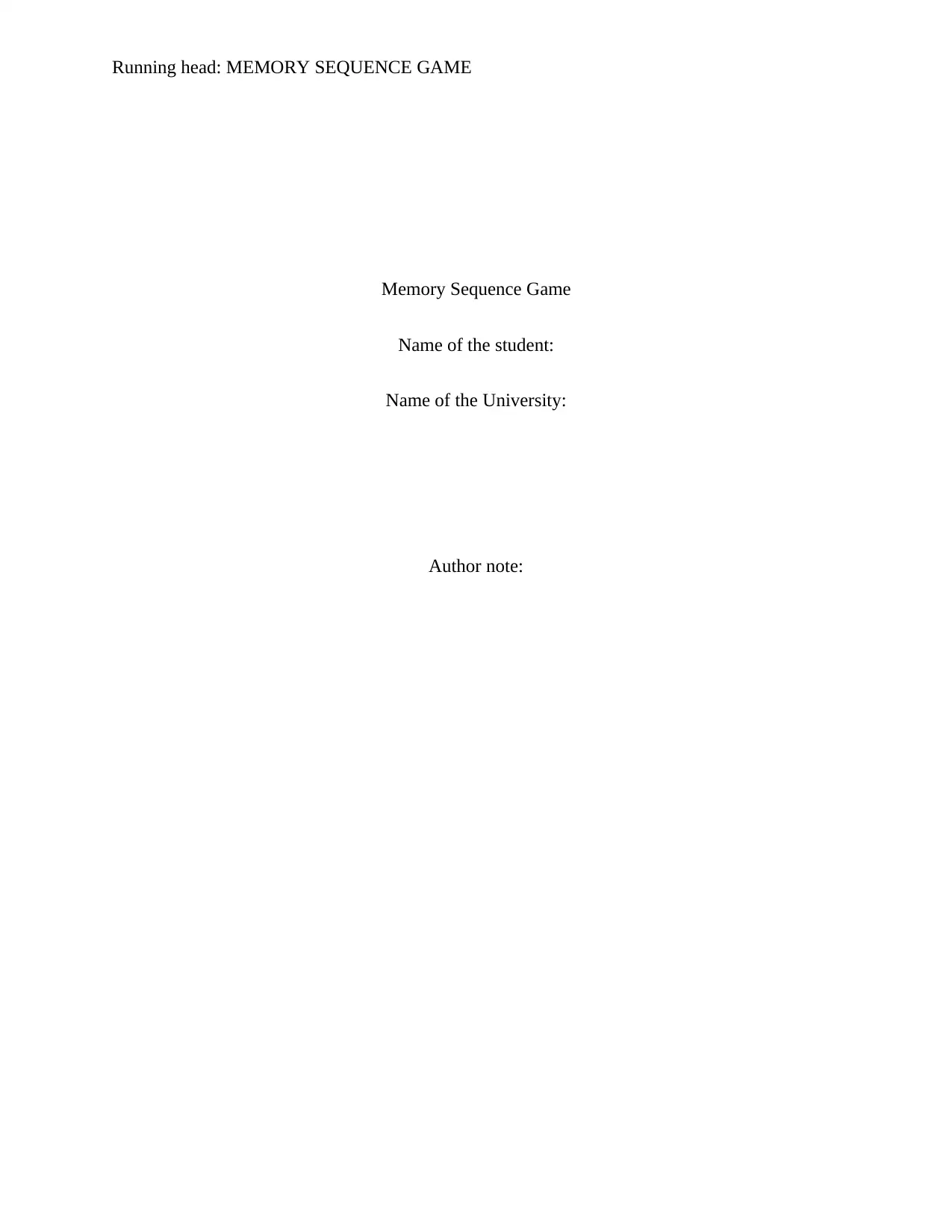
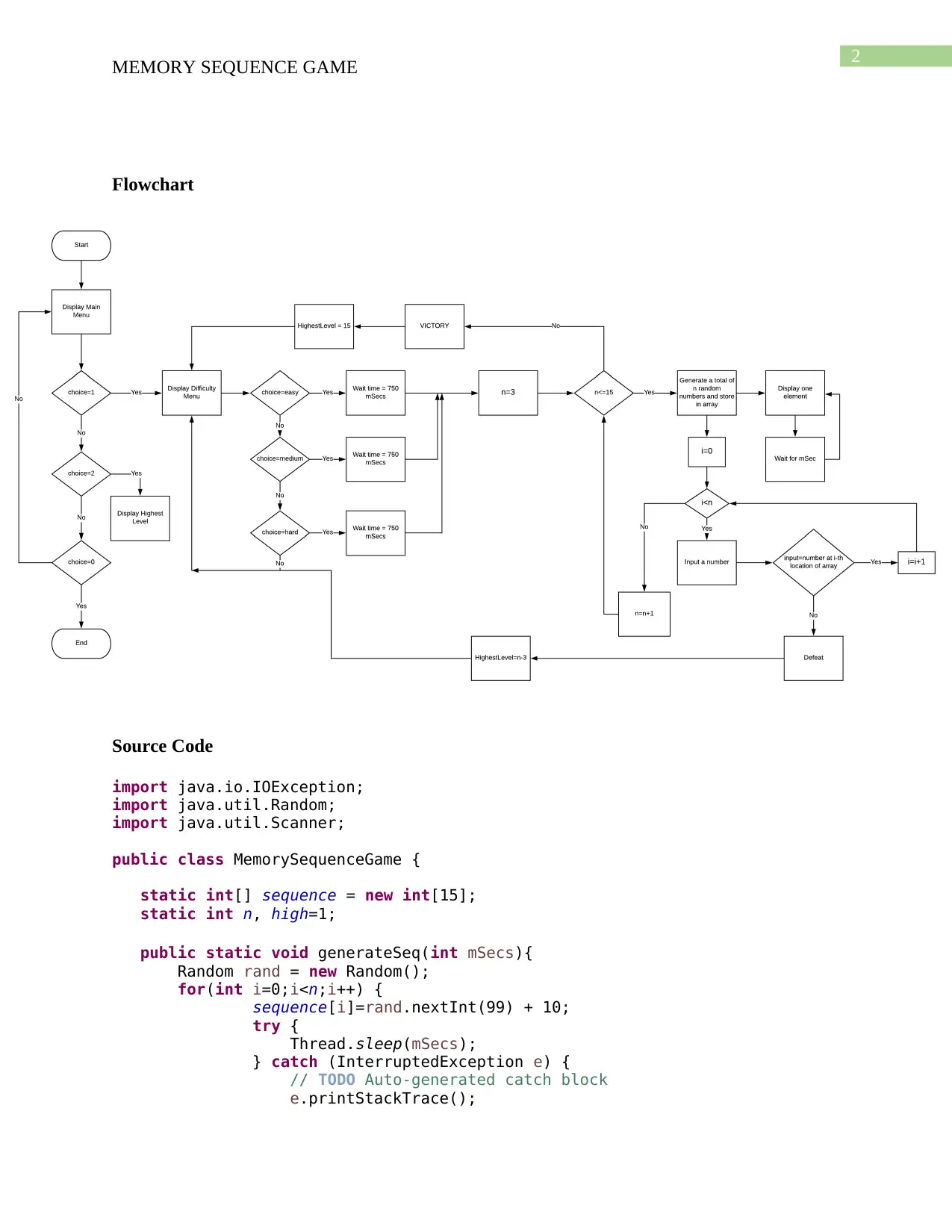
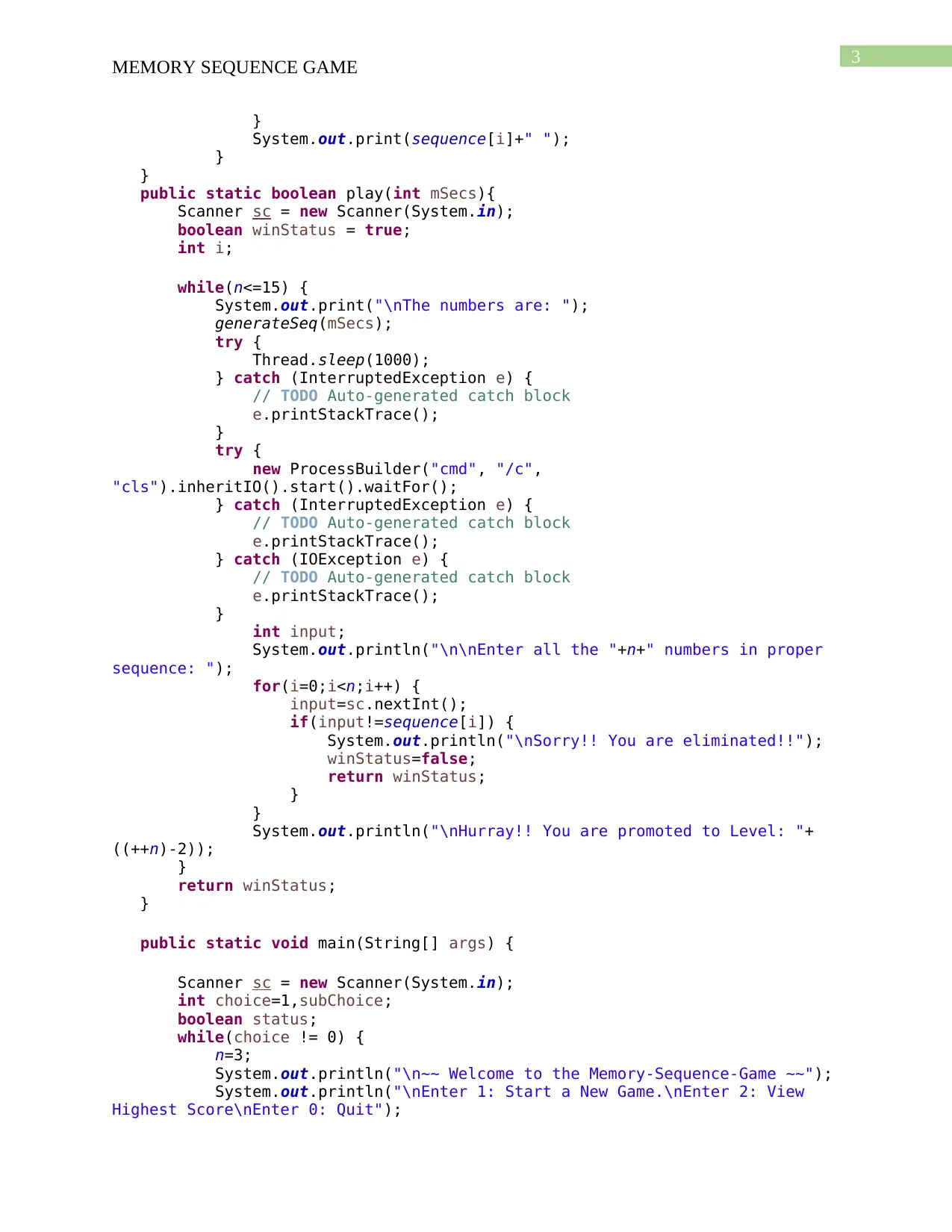

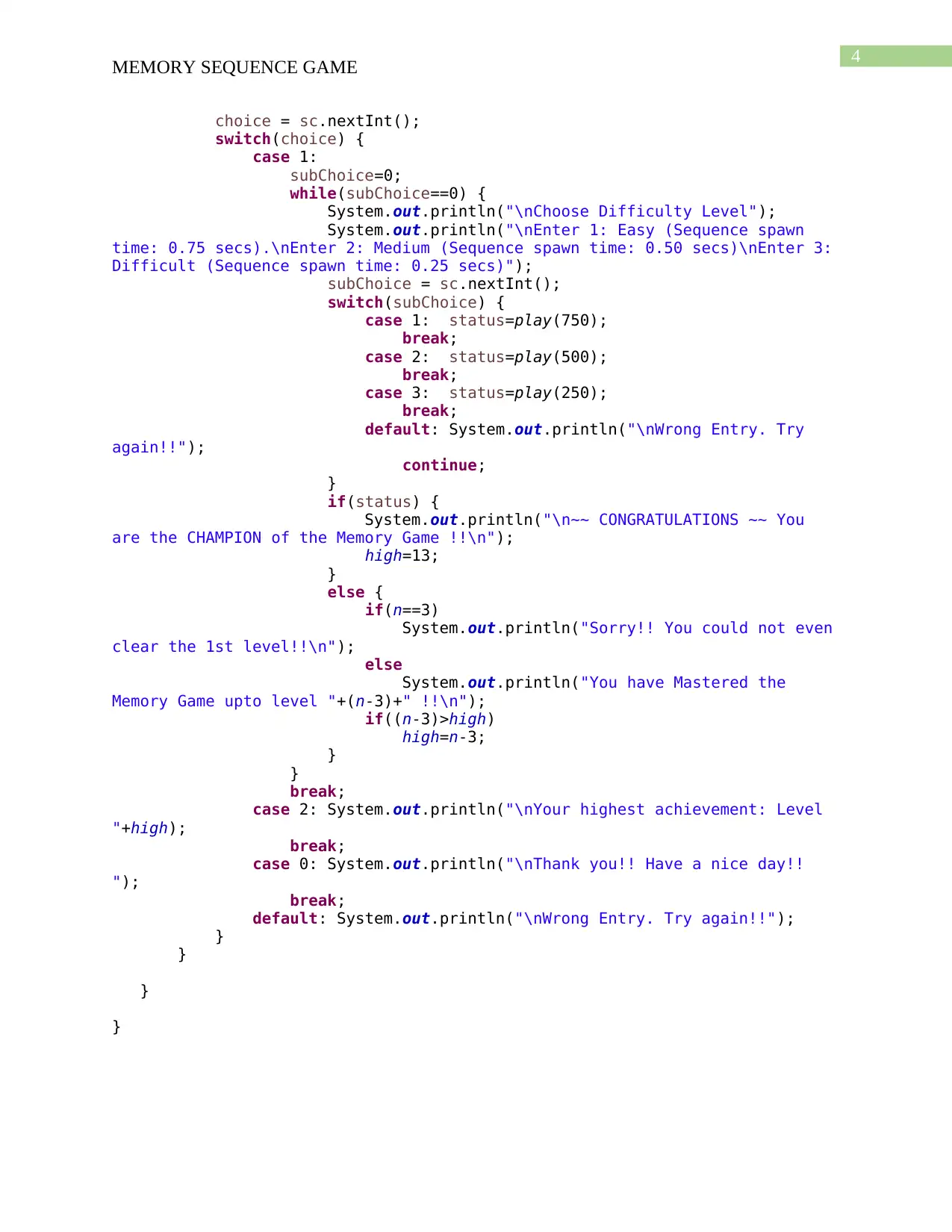
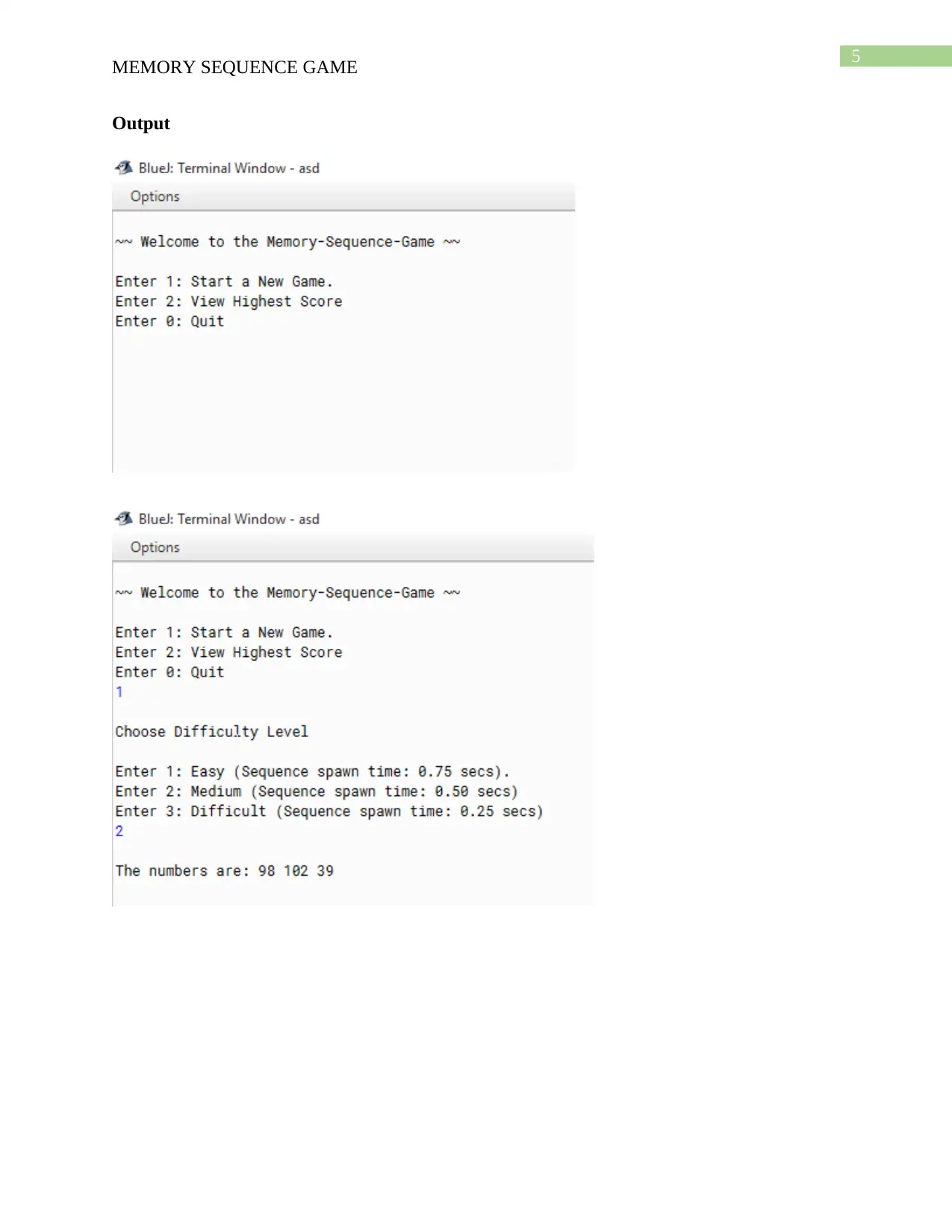
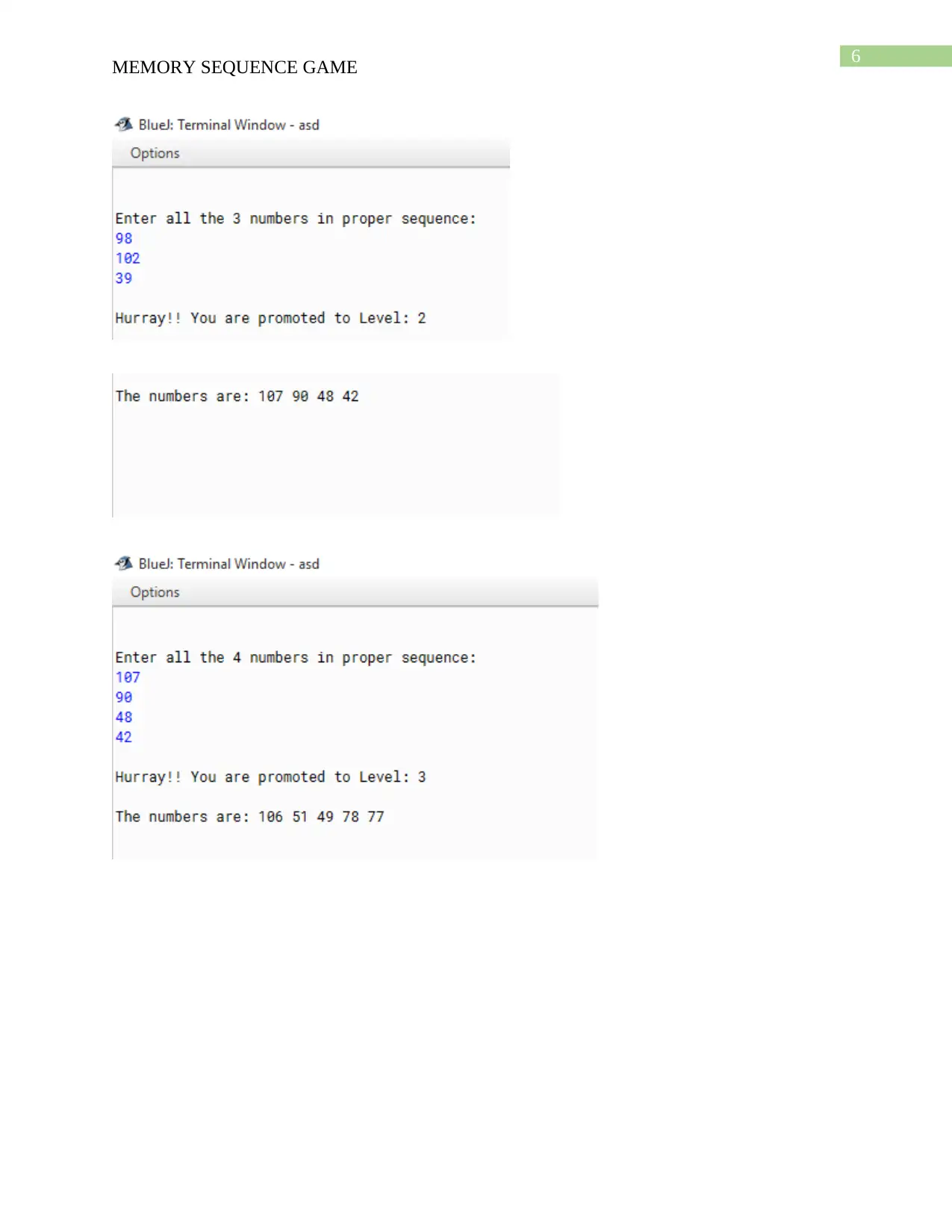
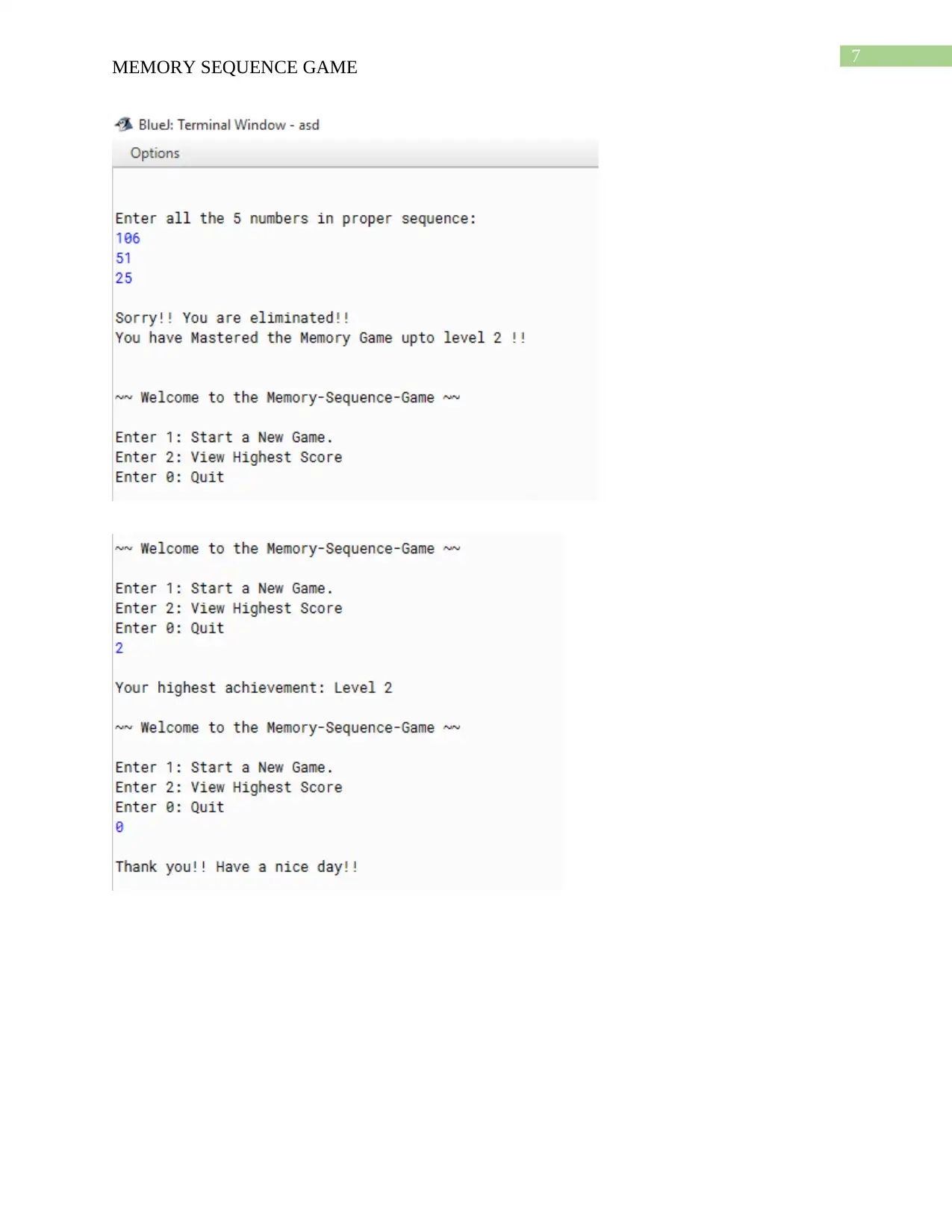
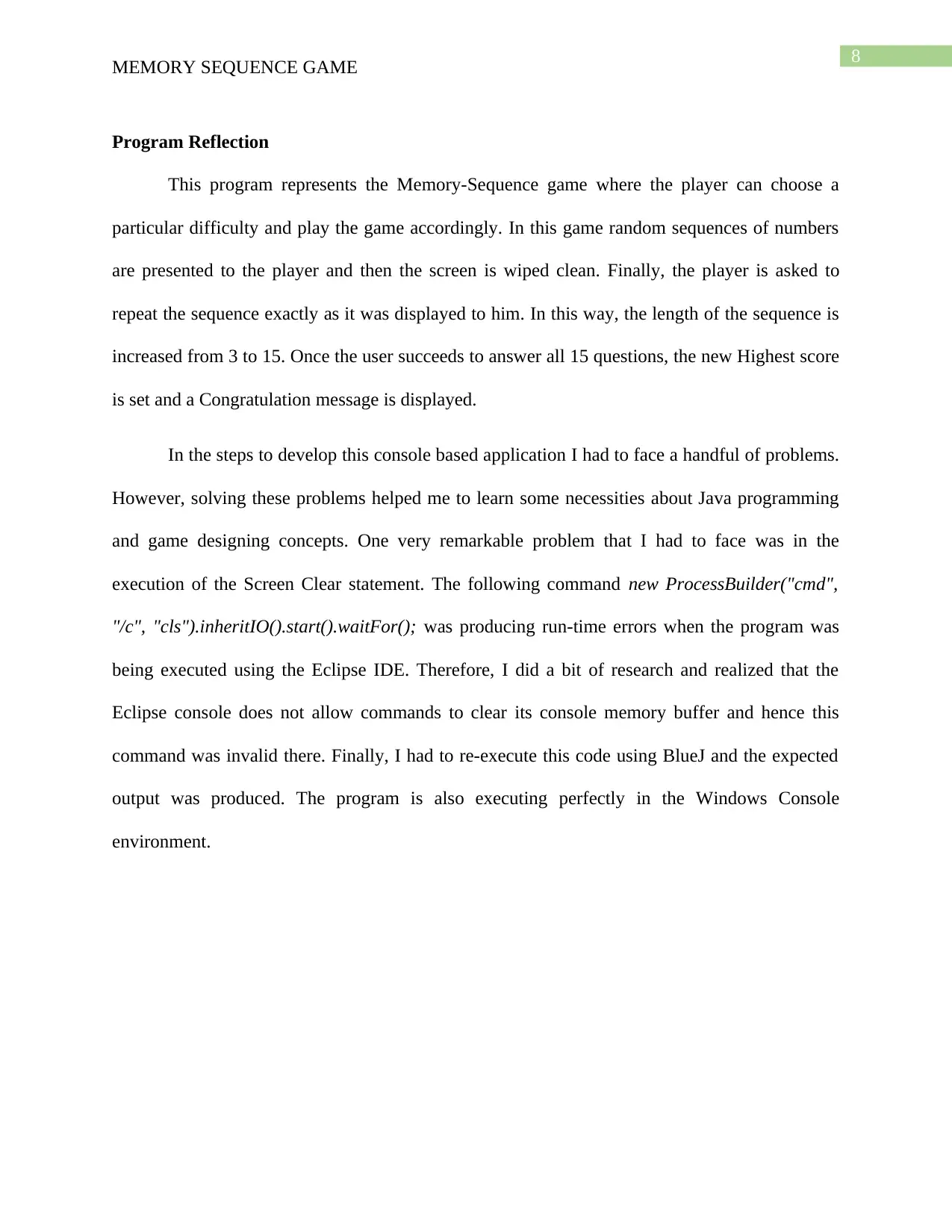



![[object Object]](/_next/static/media/star-bottom.7253800d.svg)